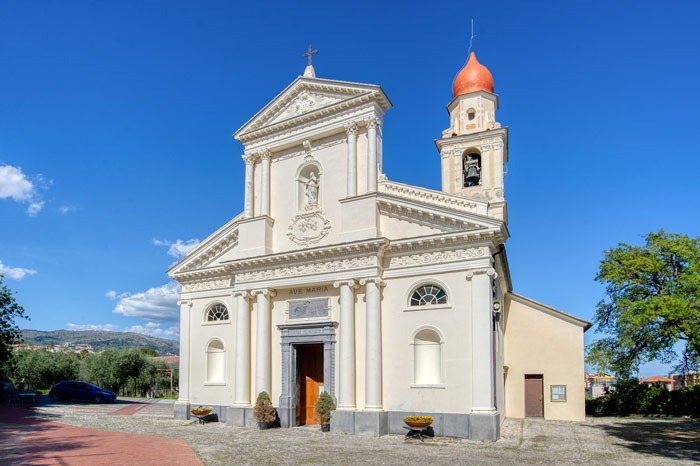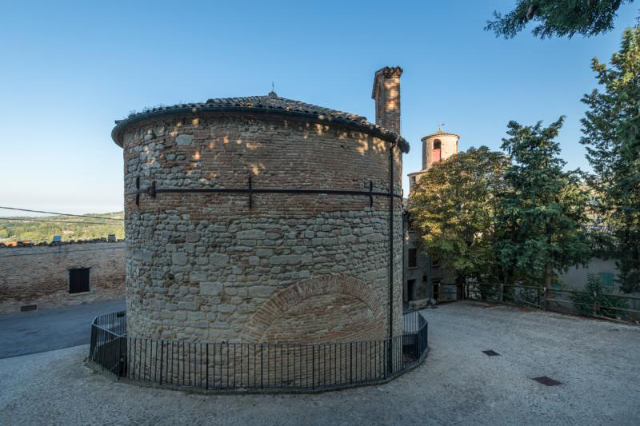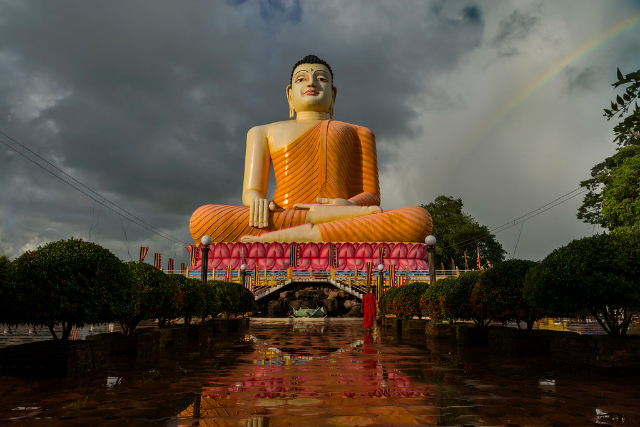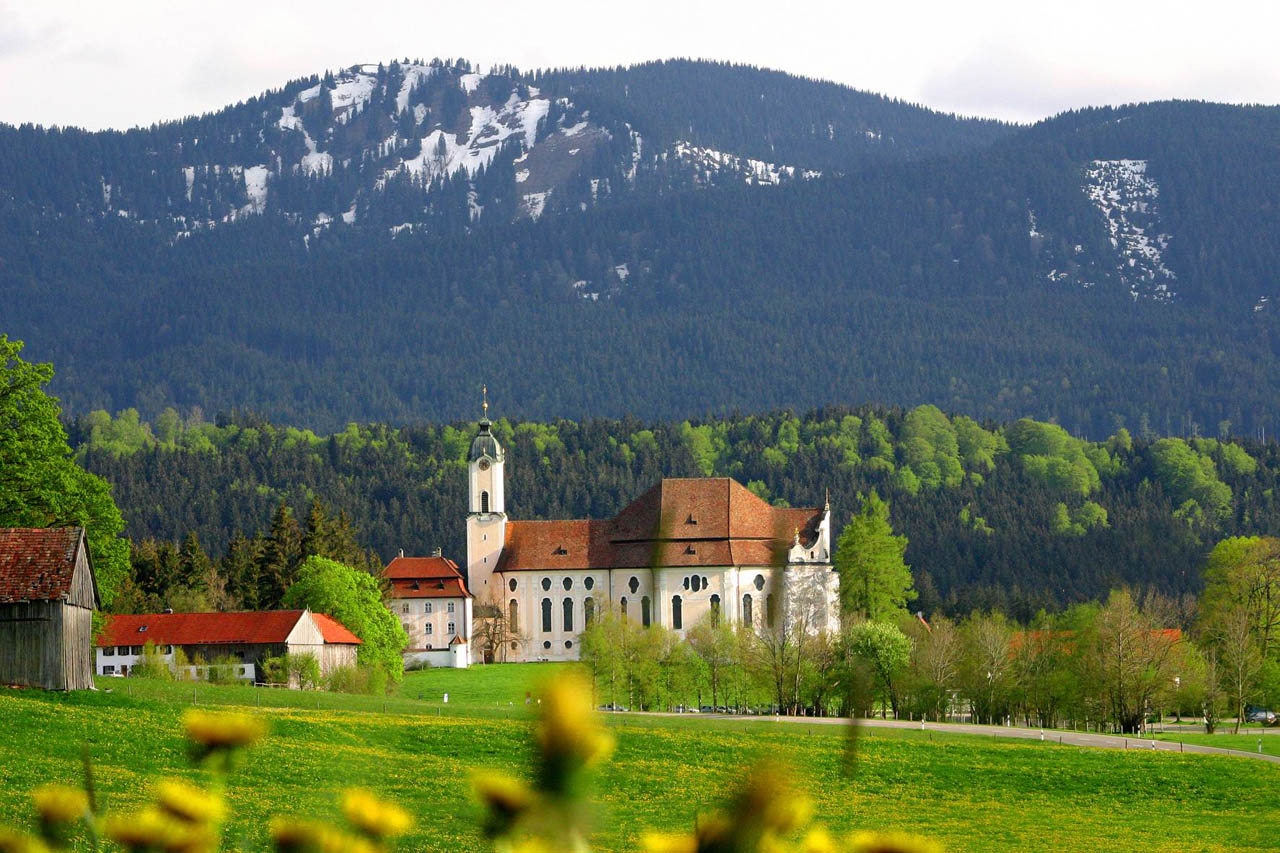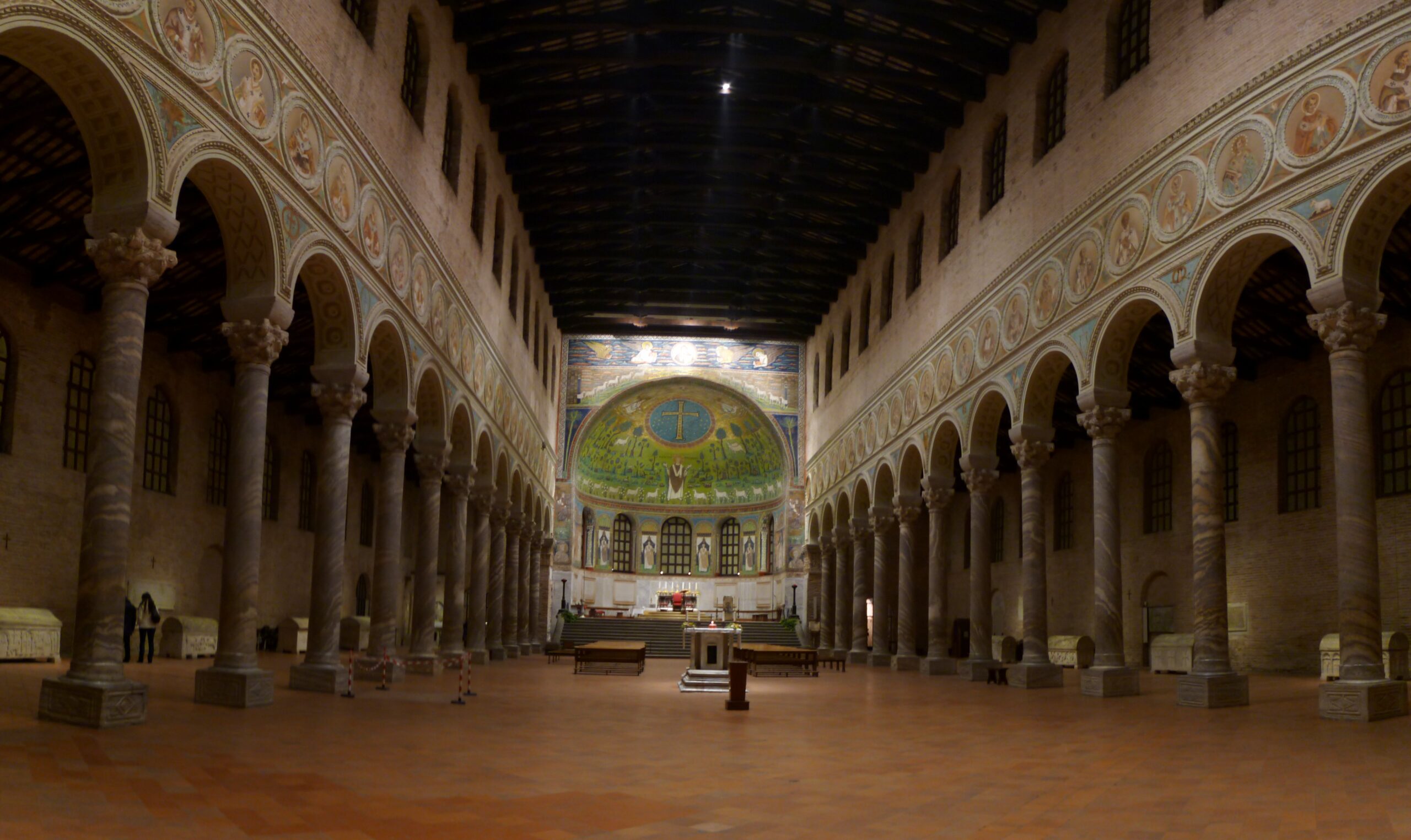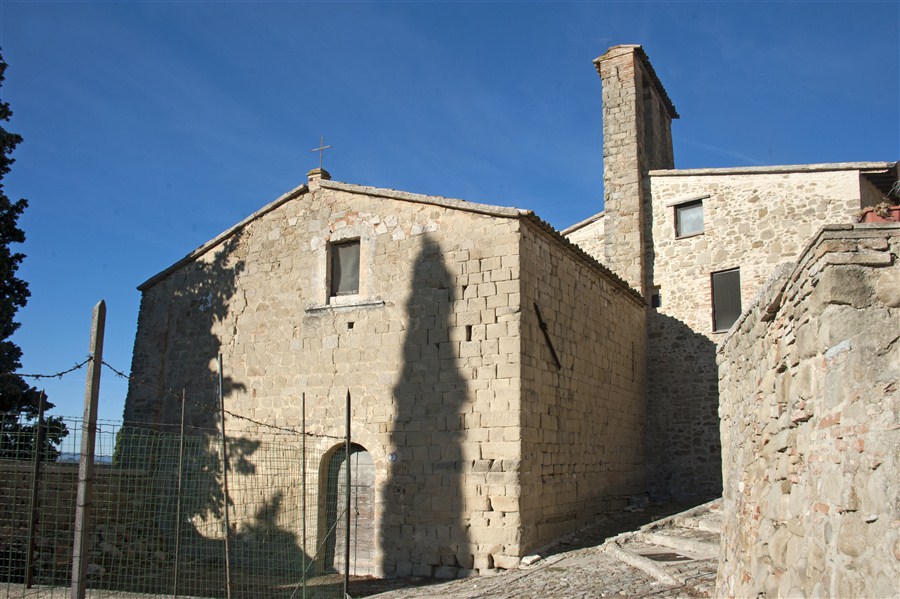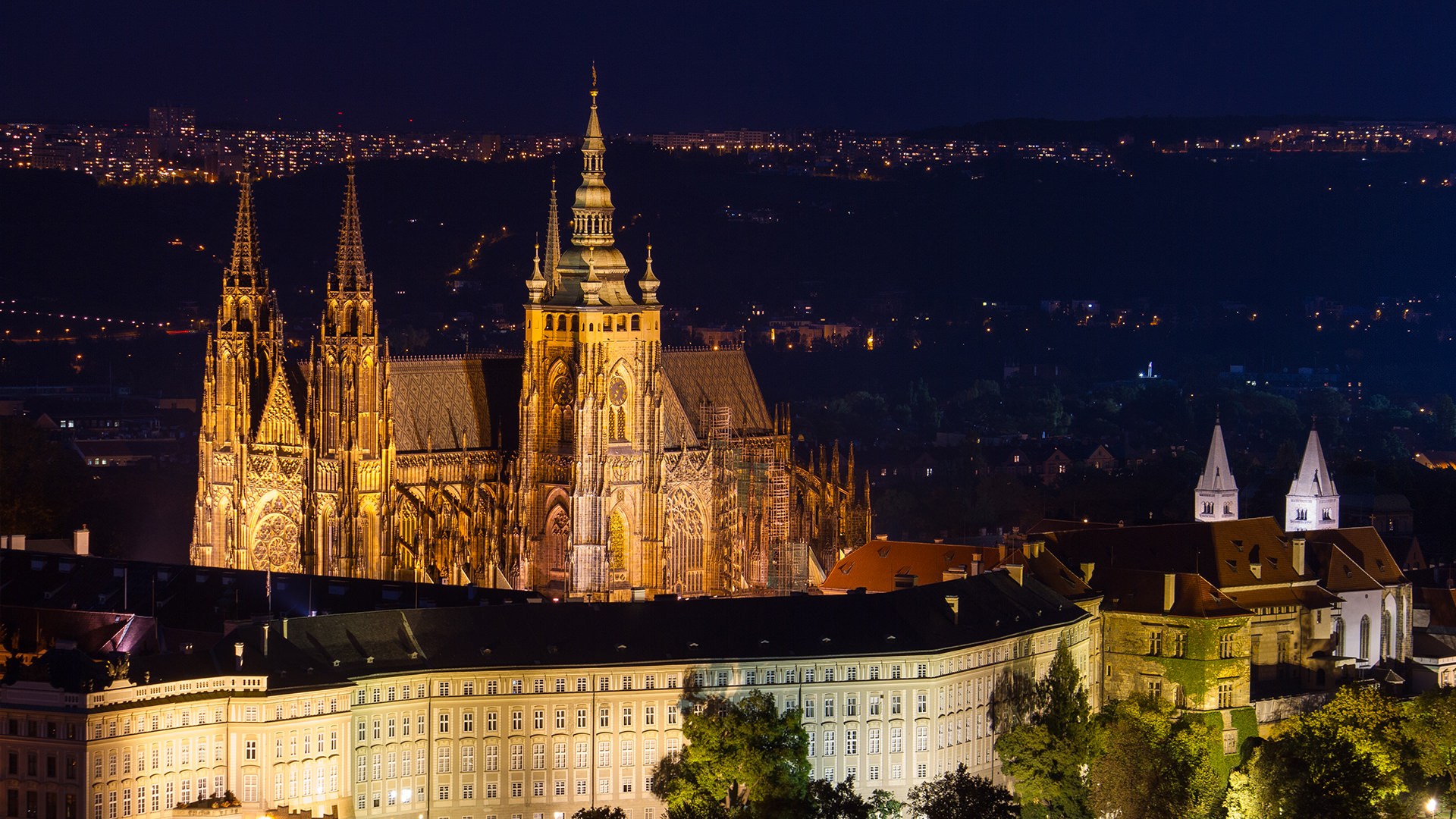Particularly felt in the religious sentiment of the inhabitants of San Bartolomeo and of all the valleys of the district of Diano up to Imperia remains the sanctuary of Nostra Signora della Rovere, already defined by Nino Lamboglia, who in the 1950s undertook the first research and restoration of the church, the last echo of the robur (oak) of the god Bormanus.
Recent excavations, carried out on the occasion of the consolidation of the foundations of the religious building, have led to the discovery of a large cemetery arch dated between the 14th and 15th centuries, both outside and inside the church, as well as establishing the existence of at least two older phases of the building preserved today, confirming the tradition of the antiquity of the sanctuary, built in the 14th century to venerate the wooden statue of the Madonna miraculously found on an oak tree, on the remains of a previous early Christian structure.
The building underwent subsequent enlargements and modifications during the 17th century. The present sanctuary, the result of a 16th century reconstruction, is preceded by a churchyard in black and white pebbles. The façade is in neoclassical style, rebuilt by the architect Angelo Ardissone in the 19th century. The building has a longitudinal plan, with a polygonal apse and a nave and two aisles separated by irregularly arranged pillars, demonstrating the numerous alterations it underwent in the following centuries. On the outside it is worth noting the bell tower, built in 1602, the ancient slate portal of 1553, enriched by a bas-relief representing the Annunciation, and the recently made embossed copper door, made by the sculptor Eli Riva from Como.
Inside the sanctuary there are many images of the Virgin: an oil painting on wood from the 16th century of the Flemish school, a wooden crucifix of Catalan type in olive wood from the 15th century, perhaps locally produced; a 16th century panel of the Madonna and Child and four wooden panels originally from a large polyptych of an altarpiece with the Annunciation, St. John the Baptist and the Eternal, by Giulio De Rossi in 1578. The oval frescoed by Tommaso Carrega (1808) is framed by valuable stuccoes of the beginning of the 19th century.
The sanctuary of the Madonna della Rovere is famous for the International Vocal and Instrumental Competition for Young People "Rovere d’Oro", which every summer enlivens the churchyard, shaded by luxuriant oak trees.
